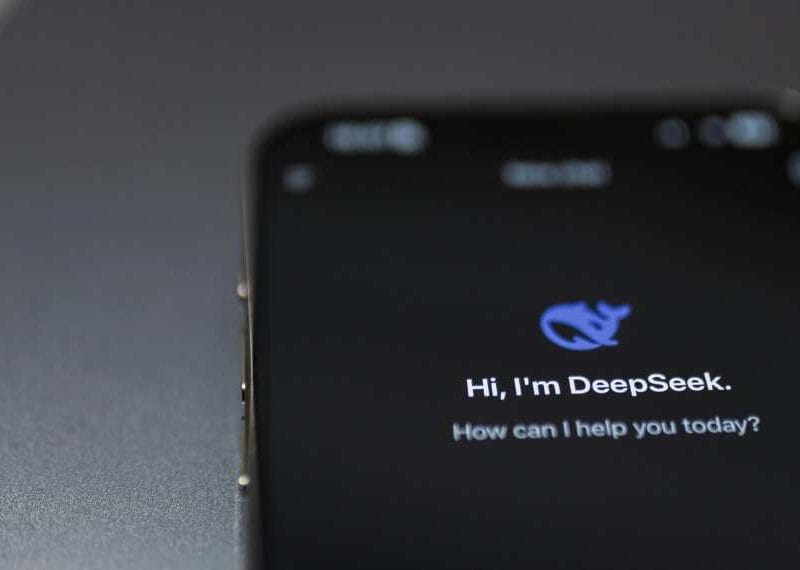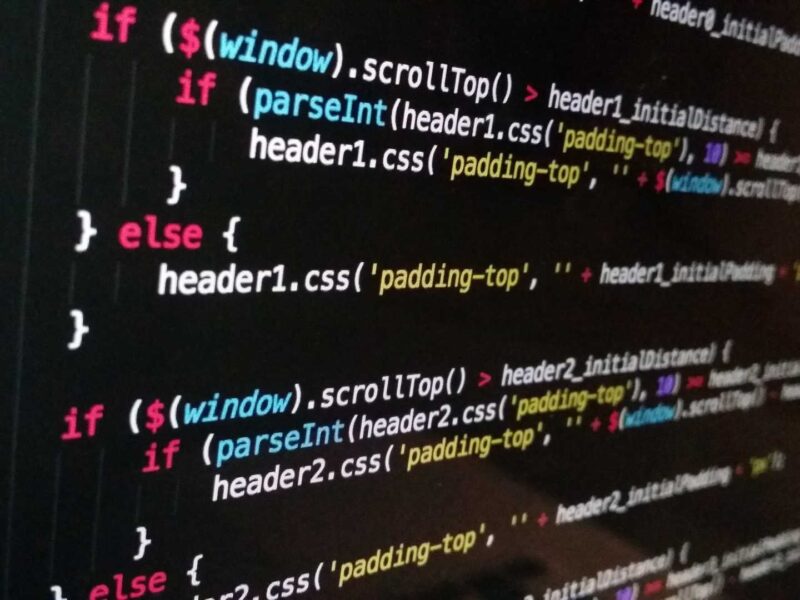Navigating Tesla’s Roadblocks: Experts Share Solutions
Tesla’s trailblazing journey in electric vehicles and sustainable energy has redefined the automotive industry, but its growing list of challenges—from production bottlenecks to Full Self-Driving (FSD) safety concerns and competitive pressures—demands strategic focus.
To dig into the problems and possible solutions, the Techronicler team tapped tech and business leaders to answer a pressing question:
Tesla’s list of problems keeps growing. If you were to use your industry experience and professional expertise, which problem would you prioritize and how would you address it effectively?
Their responses highlight critical issues like supply chain inefficiencies, customer service gaps, and regulatory scrutiny, paired with actionable solutions such as localized production, enhanced transparency, and diversified product lines.
From streamlining operations to bolstering trust in autonomous tech, these experts offer bold strategies to keep Tesla ahead of the curve.
Join us as we explore their insights, uncovering how Tesla can navigate its hurdles to maintain its edge in the EV revolution while driving sustainable innovation forward.
Discover which challenges these leaders prioritize and learn of their game plans for Tesla’s future.
Read on!
Joe Spisak - CEO
Looking at Tesla’s challenges through my logistics lens, I’d prioritize their supply chain fragility.
Having bootstrapped a 3PL from an empty morgue to a 140,000 sq. foot warehouse before founding Fulfill, I’ve seen firsthand how supply chain vulnerabilities can cripple even the most innovative companies.
Tesla’s reliance on specialized components and geographical concentration (particularly in China) creates dangerous single points of failure. When semiconductor shortages hit, their production suffered dramatically because they lacked diversification.
I’d implement a three-pronged approach:
First, strategically diversify suppliers across multiple regions. At Fulfill, we’ve seen how eCommerce brands that rely on a single fulfillment partner often face devastating disruptions when that partner experiences problems. The same principle applies to manufacturing.
Second, invest in vertical integration for critical components. Tesla’s battery technology is their competitive advantage, but they remain vulnerable to raw material fluctuations. By controlling more of their supply chain, they could buffer against external shocks.
Finally, implement advanced inventory forecasting and planning. The best 3PLs we work with use sophisticated AI systems to predict demand fluctuations and adjust accordingly. Tesla needs similar capabilities at scale.
I’ve watched countless eCommerce brands struggle with growth because they didn’t have the right fulfillment infrastructure. Tesla faces the same challenge, just at a much larger scale. The beauty of solving supply chain issues is that it creates a foundation for addressing their other problems – when you can reliably produce vehicles on schedule, you can better meet customer demand, maintain quality, and compete effectively.
In logistics, we have a saying: your supply chain is only as strong as its weakest link. Tesla needs to find and reinforce those links before competitors capitalize on their vulnerabilities.

Joe Spisak
CEO, Fulfill
Martin Weidemann - Owner
If I had to pick just one, I’d go straight to Tesla’s cultural blind spot: overcentralization around one voice.
As someone who’s built ventures in fintech, AI, and transportation—including running a luxury helicopter charter company in Mexico City—I’ve seen what happens when innovation turns into tunnel vision. Speed becomes a virtue, but sustainability takes a hit.
Tesla’s biggest risk isn’t technical—it’s human. When leadership becomes synonymous with brand, operational feedback loops collapse. You can’t scale clarity when autonomy is replaced by micromanagement or fear of dissent. And I say this having led multicultural teams where innovation only thrived once we stopped rewarding firefighting and started rewarding system thinking.
I’d implement an autonomous innovation board, outside the org chart, with the power to pilot and scale internal feedback across teams—engineering, operations, and ethics. Their mission: diagnose misalignments, course-correct incentives, and protect long-term thinking from quarterly hype.
That shift—from command to coordinated autonomy—is what allowed my past teams to survive pivots, layoffs, and scale-ups. Tesla has the talent. What it lacks is a culture that listens before it builds.
Arsen Misakyan - CEO & Founder
Based on my own industry experience, the challenge I would address first for Tesla would be customer service and support.
Tesla has been successful in disrupting the EV space, but their customer service has been criticized for being slow, unresponsive, and poor communicators.
As the guardian of a business that’s built on delivering top-quality customer service, I know how important it is to build and maintain a connection with your customers, no more so if you are dealing in high-value goods such as electric cars.
The fix for it: I would ensure a more efficient customer service system is in place where the representatives receive better training and respond proactively across a range of communication channels, such as live chat, more specialized support organizations, and a more responsive customer service application.
Furthermore, more proactive communication on such service appointments or issues, such as regular updates, has the potential to greatly improve the customer experience and increase trust among Tesla car owners.
I’d also focus on delivering a personalized service experience, leveraging data and AI, to preemptively anticipate the needs of customers and support them at the exact time and method they need it. This is an approach LAXcar implements in our business, and it will not only enhance satisfaction but also create strong brand loyalty.
Solve these customer service problems, and Tesla is well on their way to a top-notch customer experience to match their next-gen products that I hope remains their calling card.

Arsen Misakyan
CEO & Founder, LAXcar
Wayne Lowry - CEO
Tesla’s biggest priority should be addressing their customer service and delivery experience issues. These operational problems directly impact brand reputation and search visibility through negative reviews and social media sentiment.
From a strategic standpoint, Tesla needs to implement comprehensive customer feedback systems and streamline their delivery processes to reduce wait times and communication gaps.
Poor customer experiences generate negative content that dominates search results, undermining their premium brand positioning.
They should also invest in proactive reputation management and content marketing to showcase successful customer stories and technical innovations.
By fixing the customer experience foundation first, Tesla can rebuild trust and generate positive organic content that naturally improves their digital presence. That’s how visibility in search is achieved.
Eugene Mischenko - President
Tesla’s most urgent problem is declining demand and eroding brand perception, driven by increased competition, product aging, and negative publicity around leadership. This is directly impacting revenue growth and market share.
I would prioritize restoring demand and brand value. Here’s how:
Refocus on customer-centricity: Shift messaging from controversial leadership to product innovation, safety, and sustainability. Empower local teams to address customer feedback and improve service quality.
Accelerate product refreshes: Fast-track updates to core models Model 3, Y, S, X to counteract product fatigue. Launch new features and limited editions to reignite interest.
Competitive pricing strategy: Adjust pricing to match or undercut key competitors, especially in China and Europe. Offer attractive financing and trade-in programs.
Reinvigorate marketing: Move beyond reliance on Elon Musk’s persona. Invest in professional marketing, targeted campaigns, and influencer partnerships to reach broader audiences.
Strengthen after-sales support: Expand service centers, improve parts availability, and enhance digital support to boost customer satisfaction and loyalty.
Address internal culture: Rebuild trust within the organization by promoting stable leadership, transparency, and a strong mission-driven culture.
By focusing on these areas, Tesla can stabilize demand, rebuild its brand, and position itself for sustainable growth despite intensifying competition and recent setbacks.
Justin Azarias - CEO & Founder
I see every day how fast people walk away when something stops feeling real. That’s Tesla’s biggest problem. It’s no longer clear what the company stands for. There’s too much talk and not enough listening. That gap keeps growing.
Tesla’s value came from bold action, not bold words. Lately, it’s the other way around. It feels like they’re selling headlines, not solutions. Customers aren’t sure who’s driving the ship anymore.
You can’t lead with noise. People want something they can believe in again.
To fix it, I’d cut the big promises and fix the basics. Just focus on making the best car possible. Show people it works, and let them talk about it instead.
Trust comes from proof. Not speeches, not shows.
In real estate, you don’t sell with hype. You walk people through a solid house, and you answer every question straight.
That’s what Tesla needs now. Less flash, more follow-through.

Justin Azarias
CEO & Founder, Property Homebuyers CA
Felicia Shakiba - CEO
Tesla’s core challenge isn’t just operational — it’s organizational trust breakdown.
That’s the issue I’d prioritize.
Elon’s shifting attention, public volatility, and layoff cycles have created internal ambiguity, fractured morale, and weakened leadership signals.
As a Stanford GSB graduate, organizational psychologist, and Korn Ferry-certified executive coach, I developed a proprietary Signal Recovery Framework to address this exact issue. It identifies where leadership signals have broken down — things like clarity, consistency, and care — and helps companies rebuild the trust needed to stabilize performance.
If Tesla wants to recover, it must reestablish credibility inside its own walls. Without psychological safety and clear communication, even innovation stalls. Repair the signals, and performance follows.

Felicia Shakiba
CEO & Executive Coach, CPO Playbook
Matt Bowen - President
I see Tesla at a critical inflection point—not because its innovation is slowing, but because its brand identity is fracturing.
Tesla was built on a powerful narrative: clean energy, technological disruption, and bold vision. But as Elon Musk’s increasingly polarizing behavior dominates public discourse, that narrative is being undermined.
When a founder’s persona is inseparable from the brand, their actions shape how the brand is perceived. Musk’s public statements and affiliations are pushing away the climate-conscious, progressive consumers who once fueled Tesla’s rise.
The issue isn’t product quality—it’s brand coherence.
Tesla now faces a pivotal choice: evolve its brand beyond Musk or lean into a narrower, more ideologically specific audience.
Without that decision, the brand risks drifting into internal conflict—highly innovative, yet culturally out of sync with the mainstream.

Matt Bowen
President, Brandigo – North America
Meyr Aviv - Founder & CEO
I understand the nuances of logistics, especially in the face of rapid growth. Tesla’s supply chain issues are critical with a recent study showing that 70% of automakers face similar challenges.
To tackle this, I would prioritize enhancing supplier relationships and investing in localized production. By adopting a more decentralized manufacturing model, Tesla can reduce dependence on global supply chains and mitigate delays.
This approach could cut lead times by up to 40%, ensuring that production meets demand while maintaining quality. I’d love to delve deeper into this strategy.
On behalf of the Techronicler community of readers, we thank these leaders and experts for taking the time to share valuable insights that stem from years of experience and in-depth expertise in their respective niches.
If you wish to showcase your experience and expertise, participate in industry-leading discussions, and add visibility and impact to your personal brand and business, get in touch with the Techronicler team to feature in our fast-growing publication.















